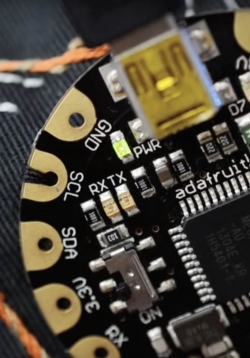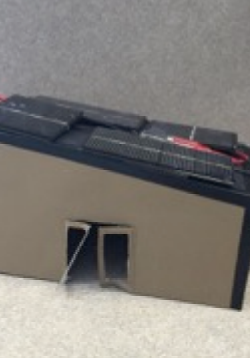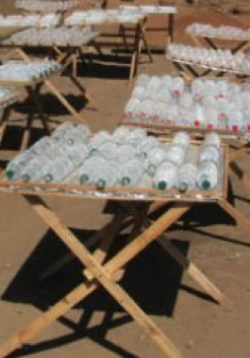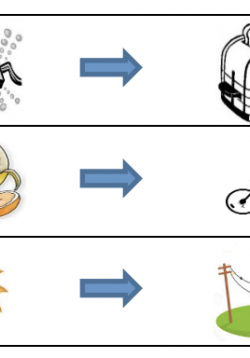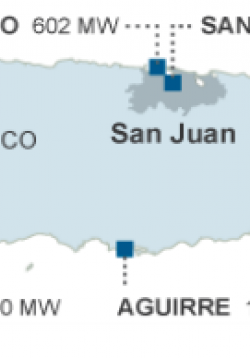Illuminate Me: Merging Conductive Sewing, Technology, and Solar Power
Light up your clothing using solar power! For this unit, students will attach thin, flexible solar modules to a bike helmet and recharge NiMH rechargeable batteries for a renewable energy battery pack. The rechargeable batteries will be used to light up...

